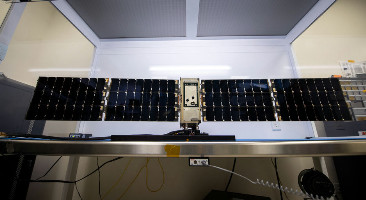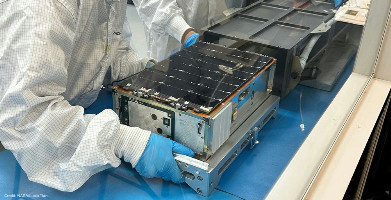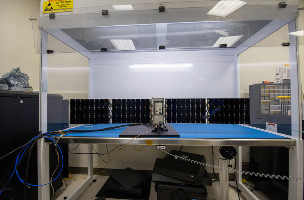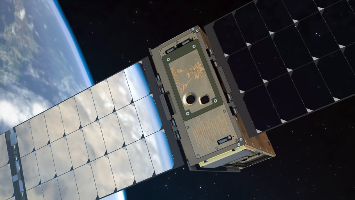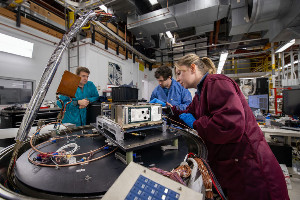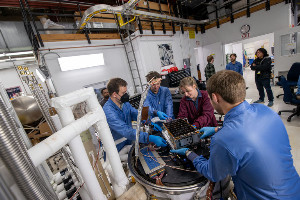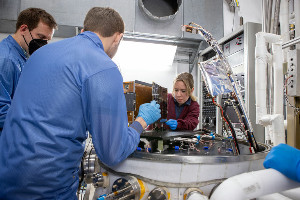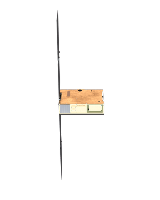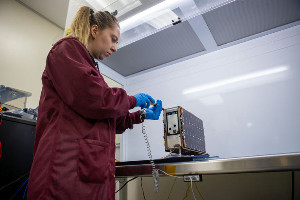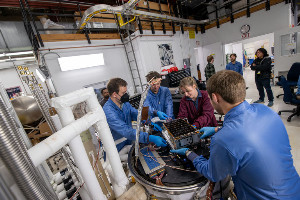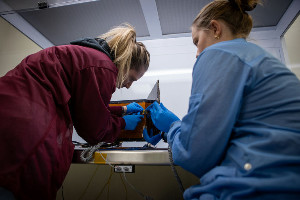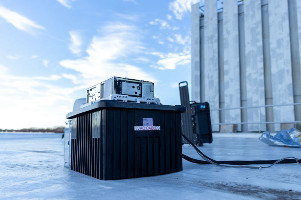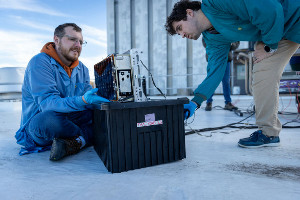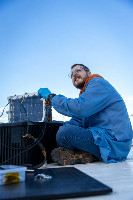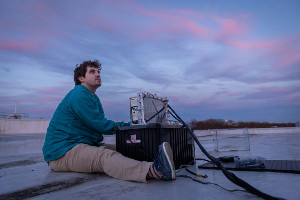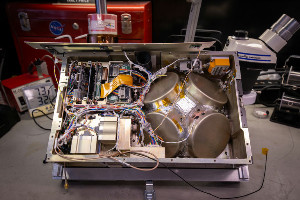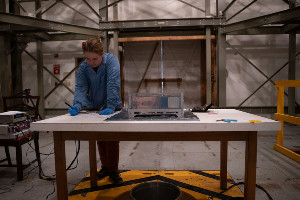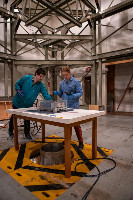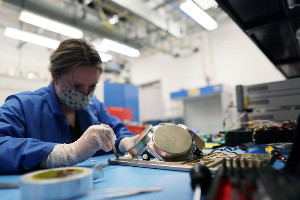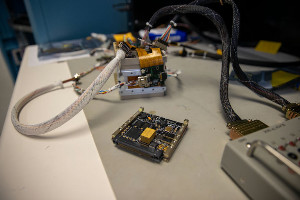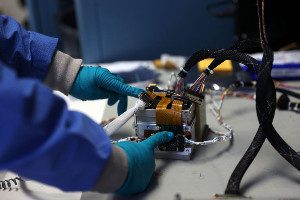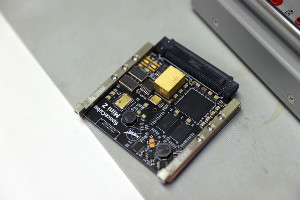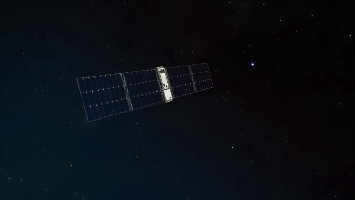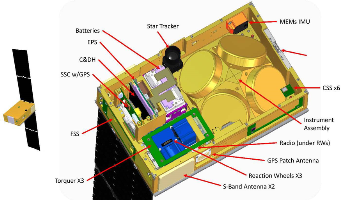| Spacecraft name | BurstCube (UVI-BurstCube) |
|---|---|
| Form factor | CubeSat |
| Units or mass | 6U |
| Status | Reentry 2024-09-17. Was operational (SmallSat 2024 paper) |
| Launched | 2024-03-21 |
| NORAD ID | 59562 |
| Deployer | NRCSD (NanoRacks CubeSat Deployer) [Quad-M] |
| Launcher | Falcon 9 (ELaNa 51) |
| Deployment | Deployed from ISS on 2024-04-18 |
| Organisation | NASA Goddard Space Flight Center |
| Institution | Space agency |
| Entity type | Government (Civil / Military) |
| Headquarters | US |
| Partners | University of the Virgin Islands |
| Oneliner |
Autonomously detect gamma ray bursts (GRBs) onboard to detect fading broadband afterglows. |
| Description |
Autonomously detect gamma ray bursts (GRBs) onboard and rapidly downlink data to maximize chances of detecting fading broadband afterglows. It will increase the likelihood of coincident detection and the number of short GRBs that can be correlated with gravitational wave signals. BurstCube will provide astrophysical context, evidence of extreme physical process and rare, dramatic end-stage stellar evolution. |
| Results | |
| Notes |
Originally 3U and known as UVI-BurstCube. |
| Sources | [1] [2] [3] [4] [5] [6] [7] [8] [9] [10] [11] [12] |
| Photo sources | [1] [2] [3] [4] [5] [6] [7] [8] [9] [10] |
Last modified: 2024-09-29
